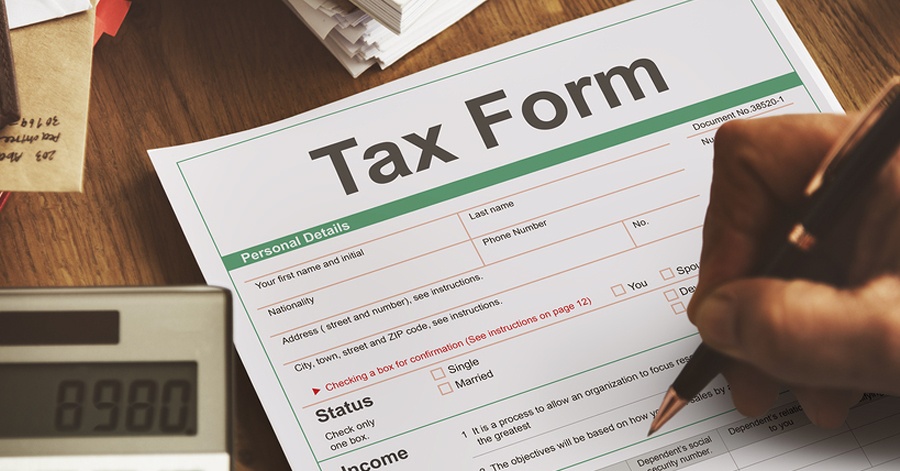While most people think they need the Rosetta Stone to decipher the Section 179 tax deduction, it's actually not complicated. Basically, this tax deduction for businesses allows owners to deduct the full price of qualifying software and/or business equipment financed or purchased during the respectable tax year.
In other words, if you lease or purchase a vehicle, software, or a piece of equipment, you may be eligible to deduct the full purchase price from your gross income. This incentive was created by the United States government to encourage businesses to invest in themselves and purchase equipment. Continue reading to learn more about Section 179 tax deduction for 2016.
How Does the Section 179 Tax Deduction Work?
When your business purchases qualifying equipment, you have multiple small business tax strategies to calculate the expense. On one hand, you may be eligible to use depreciation to write off a little of the value each year. For instance, if your business buys $100,000 printer, you may be eligible to write off $20,000 each year for the next five years. It's important to understand that these figures are only an example.
Even though it's better to write off some of the price instead of nothing at all, the majority of business owners would rather write off the entire purchase price in the year they purchased it. As a matter of fact, if a business could possibly write off the entire amount, they may be more inclined to purchase new equipment in the current year instead of waiting.
This is the entire purpose behind Section 179 tax deduction - to bolster the economy and get it moving in the right direction. The majority of small businesses may be able to write-off up to $500,000 for the entire cost of the purchase during the current tax year. .
Section 179 Vehicle List and Property List
Since Section 179 was designed for businesses, most business equipment will qualify for the deduction. In order for a business to function properly, it needs software, machinery, computers, office furniture, vehicles, and several other tangible goods. If you operate a business, it's highly likely you will purchase a variety of these goods multiple times.
Section 179 is designed to make purchasing these business expenses more financially attractive. It's important to understand the equipment must be purchased and put into use during January 1 and December 31 of the tax year you're claiming. Some of the most common eligible equipment includes:
- Fax machines, computers, and other equipment purchased for business use
- Any tangible personal property used in business
- Business vehicles with a gross vehicle weight over 6,000 lbs
- Off the shelf computer software
- Office equipment
- Property connected to your facility that isn't a structural component
In either case, it's imperative you keep the eligible expense receipt.
What Are the Qualifications for Section 179?
If you are looking to claim Section 179 for software, vehicles, or equipment, it must be used for more than 50% of the time for your business. Simply multiply the cost of the software, vehicles, or equipment by the percentage of business use. Then you will arrive at the monetary value of the deduction you are eligible for under Section 179.
The Section 179 tax deduction does come with limits. The Section 179 deduction for 2016 caps off the total write off amount of $500,000, and limits the total amount of equipment purchased at $2,000,000 in 2016. After a business spends $2,000,000, the deduction starts to phase out dollar-for-dollar, which makes it truly for medium to small-sized businesses.
Section 179 Tax Deduction vs Bonus Depreciation
Bonus depreciation is offered in certain tax years, but may not be offered in others. For the 2016 tax year, bonus depreciation is currently 50%. The key difference is that bonus depreciation only includes new equipment.
On the other hand, Section 179 tax deduction for 2016 includes both used and new equipment. As long as the equipment is new to you, it may be eligible to qualify. Bonus depreciation has proven to be very useful to larger businesses with spending that exceeds the $2,000,000 covered under Section 179 deduction.
In addition, businesses with a net loss are still eligible to deduct a portion of the cost of new equipment. However, the Section 179 deduction for 2016 is typically taken first in the application of these provisions and is followed by bonus depreciation. If you're concerned whether you should use bonus depreciation or Section 179 tax deduction, you should consult with an experienced tax professional.
Contact Dennehy CPA for Tax Assistance
Previously, Section 179 was known as the "Hummer Deduction" or the "SUV Tax Loophole." It was called this due to the number of businesses that used this code to qualify vehicles, such as Hummers and SUVs. Today, Section 179 is one of the key incentives included in recent Stimulus Bills designed to help small businesses. As of today, millions of small business have taken advantage of this amazing law and are experiencing real benefits.
If you have questions about Section 179 tax deduction, the experts at Dennehy CPA have answers!
Contact John F. Dennehy Jr. CPA, PC today for a consultation.





